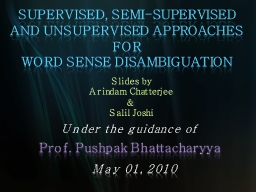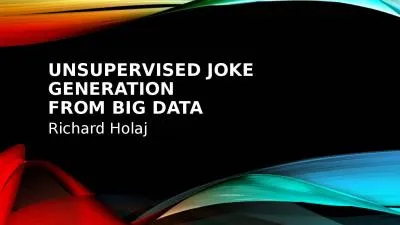PPT-Part 2: An Analysis of Single-Layer Networks in Unsupervised Feature Learning
Author : faustina-dinatale | Published Date : 2018-10-30
Adam Coates Honglak Lee Andrew Y Ng 20170309 1 Introduction Feature learningrepresentation is a major topic when processing unlabeled highdimensional data For
Presentation Embed Code
Download Presentation
Download Presentation The PPT/PDF document "Part 2: An Analysis of Single-Layer Netw..." is the property of its rightful owner. Permission is granted to download and print the materials on this website for personal, non-commercial use only, and to display it on your personal computer provided you do not modify the materials and that you retain all copyright notices contained in the materials. By downloading content from our website, you accept the terms of this agreement.
Part 2: An Analysis of Single-Layer Networks in Unsupervised Feature Learning: Transcript
Download Rules Of Document
"Part 2: An Analysis of Single-Layer Networks in Unsupervised Feature Learning"The content belongs to its owner. You may download and print it for personal use, without modification, and keep all copyright notices. By downloading, you agree to these terms.
Related Documents

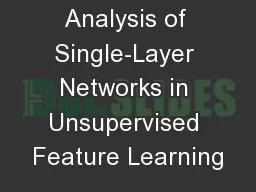
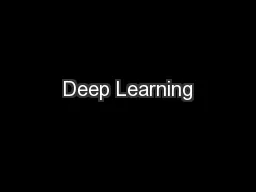
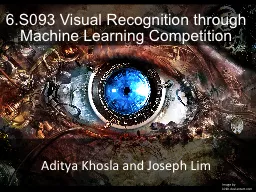
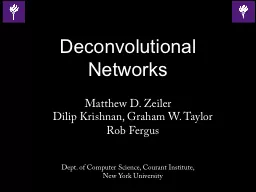
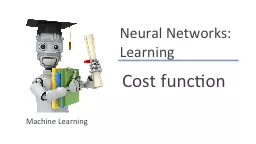
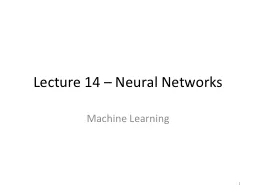
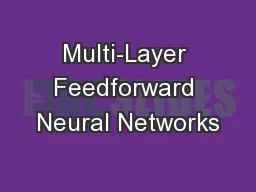
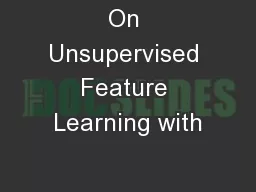
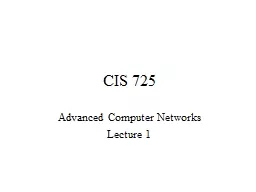

![[READING BOOK]-The Unsupervised Learning Workshop: Get started with unsupervised learning](https://thumbs.docslides.com/975145/reading-book-the-unsupervised-learning-workshop-get-started-with-unsupervised-learning-algorithms-and-simplify-your-unorganized-data-to-help-make-future-predictions.jpg)
